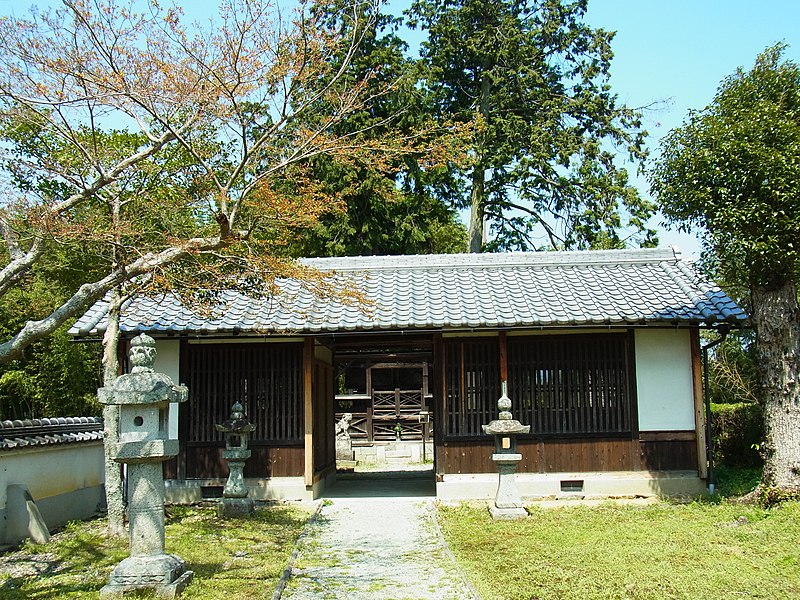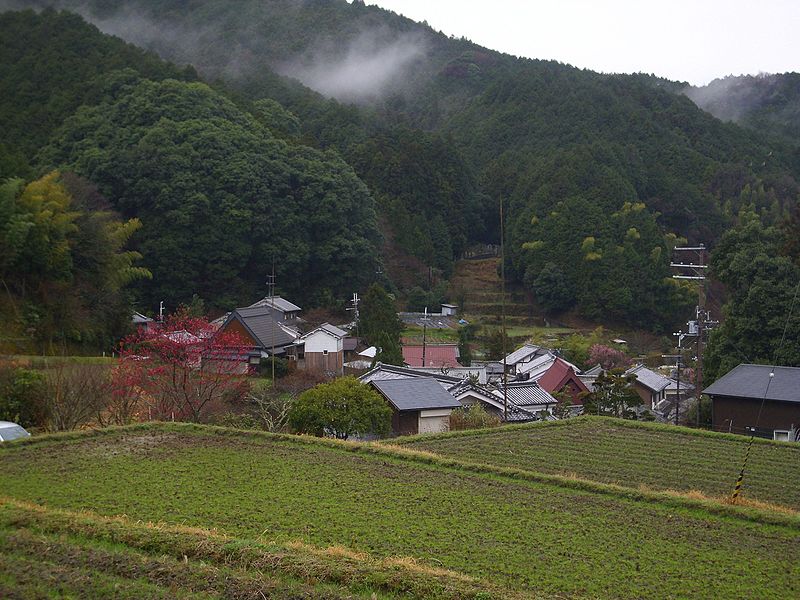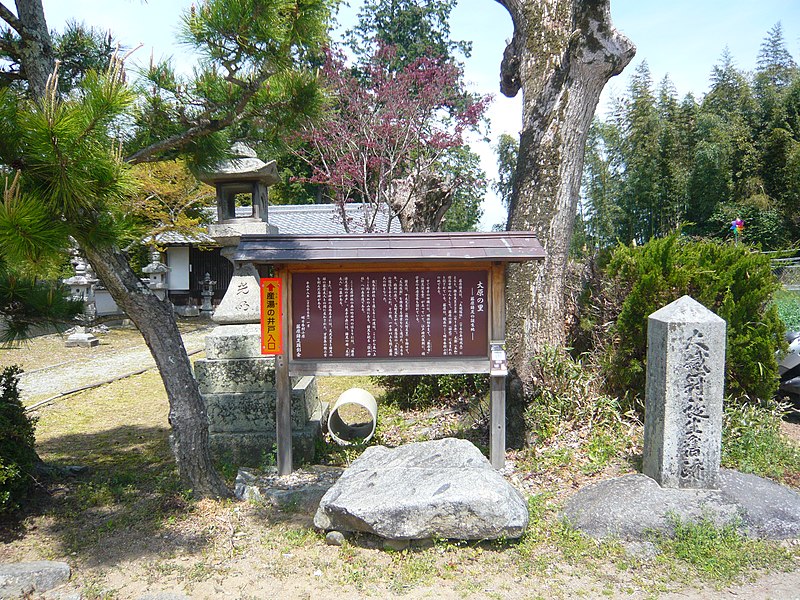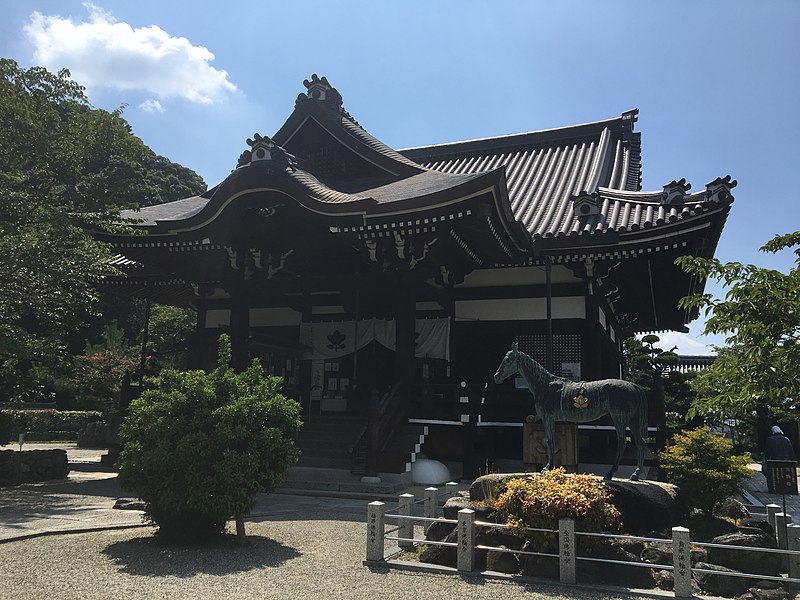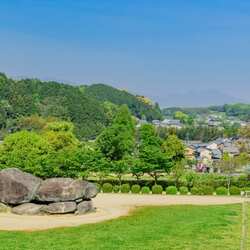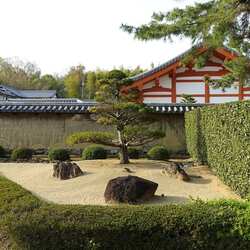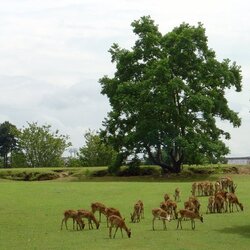Asuka Village
Until 694, the settlement of Asuka was the imperial capital. It is located in Nara Prefecture near Osaka on Honshu Island. Currently, only 5.5 thousand people live in the village, which covers an area of 24 square kilometers. All the buildings of the village, in accordance with the law of 1980, are recognized as historical heritage.
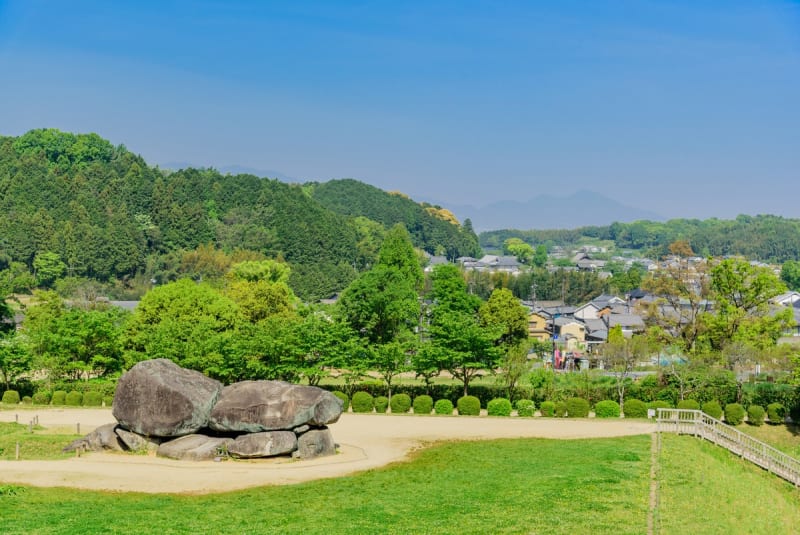
The Asuka Megalith Park is located near the village. It is famous for its structures made of huge stone blocks – megaliths. Patterns are carved on their surface. Scientists have not yet determined the purpose of the stone structures. One of the assumptions is that these are ancient altars that were used hundreds of years ago.
The largest megalith was named Masuda Iwafune. Its length is 11 m, width is 8 m, height is almost 5 m. 2.5 thousand years ago, the stone was hand-hewn from granite rock and patterned. How it was done is an unsolved mystery. The lump weighs about 7 tons. Even nowadays, with the help of modern equipment, it is very difficult to leave even a scratch on such a durable granite. The local population has a superstitious fear of megaliths. Not only do they not touch them, but they generally try to avoid them. Tourists, on the contrary, are not afraid of anything – they are happy to take photos against the background of ancient relics.
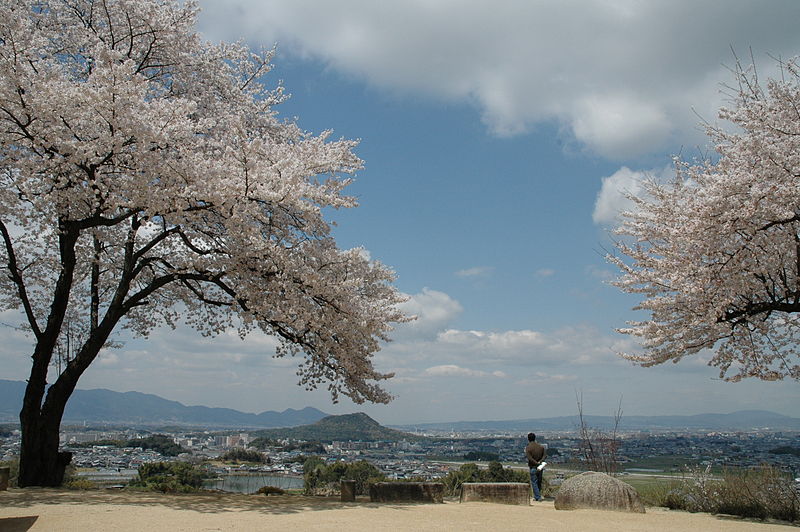
Another interesting attraction is the massive Takatori Castle, towering a little in the distance.
In the vicinity of the village of Asuka, archaeological excavations revealed burial mounds built in 350 BC. Priceless ancient artifacts were found in the mounds, according to which the date of the burials was established. Asuka was first mentioned in ancient chronicles dating back to 485. It was during the reign of Emperor Kenzo. Over the next 250 years, 43 imperial palaces were built in the surrounding areas. Each new emperor built himself a new residence. It was believed that the spirit of the deceased emperor remained in the palace, and could harm the new master. Unfortunately, the palaces were practically not preserved, because at that time wood was used for construction.
The Takamatsu-zuka mound was found by archaeologists in 1972. The estimated date of burial is the end of the 7th century. During the excavations, well-preserved unique colored wall paintings were discovered.
S. Umako, an influential politician of that distant time, is buried in the Isibutai mound. During the excavation, the mound was removed from the ground. Now tourists have the opportunity to view the stone mausoleum not only from the outside, but also from the inside.
The main attraction is the Asuka-dera Temple. One of the most ancient Buddhist temples in the country. Date of construction – 593 There is a priceless relic in the temple – a bronze statue of Buddha, made in 606.
The sights in Asuka are located at an impressive distance from each other, so tourists and travelers should use a car to explore them.

